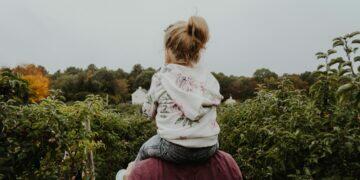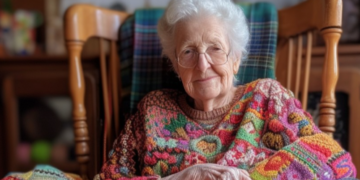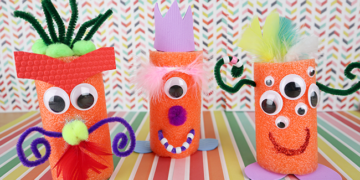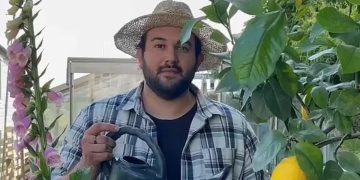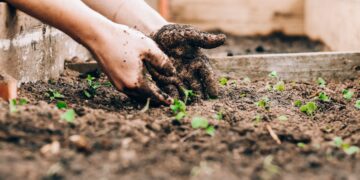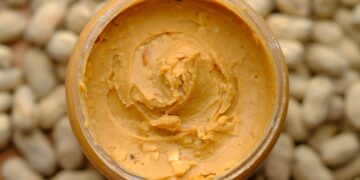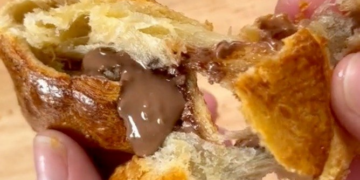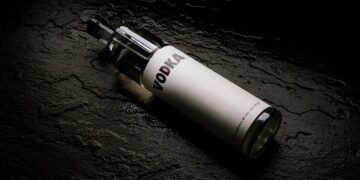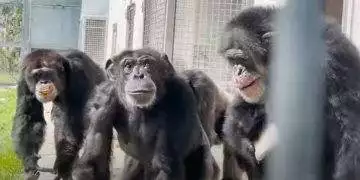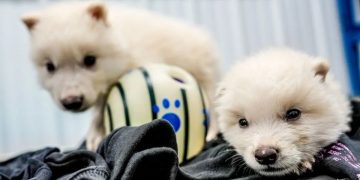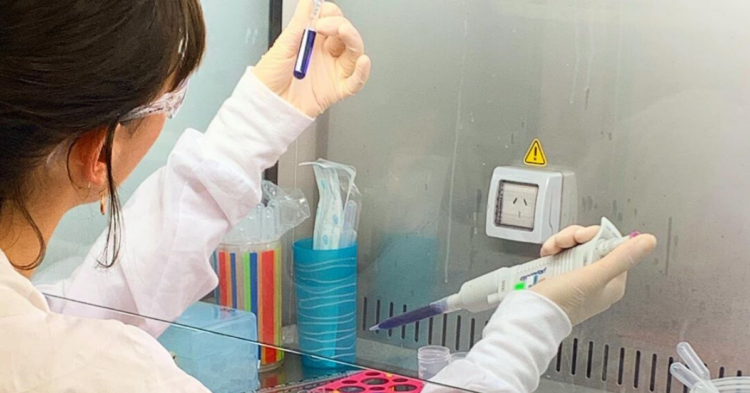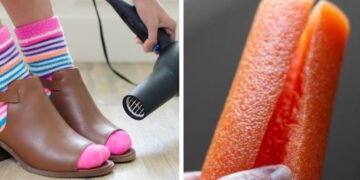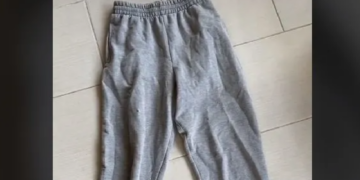With a race against time to stop the spread of the coronavirus that started in Wuhan, China gaining urgency, a lab in Australia announced a “significant breakthrough,” replicating the virus for the first time.
The coronavirus outbreak in China has already surpassed the notorious SARS outbreak of 2002-03.
The numbers keep jumping up, with more than 6,000 confirmed cases around the globe. However, so far there have been fewer deaths than in the SARS outbreak, which claimed 348 lives in China.
To date, 132 people have died from the coronavirus, all in China.
China has taken unprecedented steps to try to contain the spread of the disease.
Much of their measures were learned in the SARS outbreak, which was ultimately brought to an end by identifying infections as quickly as possible and isolating those cases before they could infect others. So far, authorities have shut down travel from more than 16 cities, with a combined population of more than 50 million people.
Meanwhile, to try to contain those already infected and deal with overcrowding, China undertook to build two hospitals, from scratch, in a matter of days in Wuhan. The first, a 25,000 square-meter, 1,000-bed site, is expected to open its doors on February 3.
However, the virus has managed to find its way around the globe nonetheless.

So far, cases have been reported in the United States, Canada, France, Germany, Japan, Thailand, South Korea, and Australia, among others.
In fact, researchers at an Australian lab, the Doherty Institute, have used a sample taken from a confirmed case in Melbourne and grown the first culture of the coronavirus, a development being hailed as a “significant breakthrough.”
Replicating the virus in the lab could well be a “game changer,” the researchers said.
“Chinese officials released the genome sequence of this novel coronavirus, which is helpful for diagnosis, however, having the real virus means we now have the ability to actually validate and verify all test methods, and compare their sensitivities and specificities — it will be a game changer for diagnosis,” explained the Doherty Institute’s head of Virus Identification Lab, Dr. Julian Druce.
The Doherty Institute researchers say they’ve been planning for an outbreak like this for some time.

And the newly grown virus will help with both that critical stage of identifying those infected with the virus before they display symptoms, and developing a vaccine.
“An antibody test will enable us to retrospectively test suspected patients so we can gather a more accurate picture of how widespread the virus is, and consequently, among other things, the true mortality rate. It will also assist in the assessment of the effectiveness of trial vaccines,” the Doherty Institute’s Dr. Mike Catton said .
Although the Doherty Institute made the breakthrough, they’re just part of a global effort working on the virus.

They’ll be sharing their culture of the virus with public health laboratories around Australia, as well as experts working with the World Health Organization, as they all work toward measures to understand, identify, and combat the virus.
As quickly as the experts have been working, it could still be weeks or months before a successful vaccine is developed.
Make no mistake, the world is better prepared for a disease outbreak than ever. The Coalition for Epidemic Preparedness Innovations (CEPI) is specifically tasked with battling emerging diseases faster than ever.
CEPI has been working on the new coronavirus since January 10, when China released the virus’s genome sequence. By January 14, they had deals with two vaccine manufacturers, Moderna and Inovio, and were working with the University of Queensland on a third vaccine.
Working as fast as they can, both Moderna and Inovio think they could have enough vaccine to start clinical trials in a month.

The team at the University of Queensland says their vaccine won’t be ready for another 16 weeks, and even that is “aspirational.”
“This is incredibly ambitious and we can provide no guarantee that we can meet this target,” molecular biologist Keith Chappell told Science . “Our team is working as hard and fast as we possibly can. It is reassuring to us that we are not the only team tasked with a response.”
And so, as much as researchers have been buoyed by all the efforts going into stopping the coronavirus, it’s hoped that containment efforts work.
With none of those vaccines guaranteed to work, the timeline for developing them and, when a successful vaccine is found, manufacturing enough doses is extended.
The University of Queensland, for example, said it could, in theory, make 200,000 doses in six months, while Moderna could, if it devoted its entire organization to making just this one vaccine, produce up to 100 million doses in a year.
Experts hope that the new coronavirus is seasonal in nature, like influenza.
If it is, need for a vaccine might be put off until fall, when researchers have had a chance to do more testing and manufacturing.
“Nobody knows what’s going to happen,” said Moderna CEO Stephane Bancel. “We’re all hoping we’ll never need this vaccine.”
